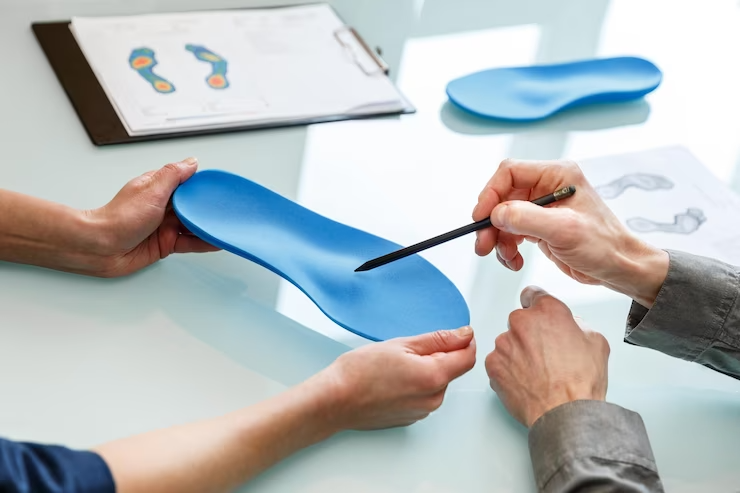Although foot and ankle surgeons are aware of the need for collection, they lack the time and resources to deal with these issues. Paying attention to these variables when running a podiatry practice can get busy. This impairs your ability to generate income and lowers the caliber of your services.
The study, diagnosis, and treatment (including surgical therapy) of the ankle, foot, and other related structures of the leg are all covered under the medical specialty known as podiatry. Similar to other professions, podiatry depends on a steady stream of collections to remain in business. In podiatry, there is a layer of modifiers for particular treatments as well as numerous regulations (insurance) that need to be followed in the right order.
Due to many operations being performed on the same organ or its structure, there are numerous codes that must be utilized when billing for reimbursements in podiatry. Therefore, the use of accurate modifiers is a bare minimum requirement to increase collections podiatry, reduce errors, and prevent declining revenues.
5 Tips To Increase Collections Podiatry
One of the few problems that can result from inaccurate coding and the improper application of modifiers in podiatry medical billing is this one. However, there are strategies to maximize reimbursement for podiatrist billing and guarantee consistent income. These are listed below:
Checking Insurance
The practitioner is required to check the patient’s insurance company and plans even before the service is provided to the patient. The podiatry practice, not the patient, is responsible for verifying the patient’s eligibility claims. Checking the patient’s eligibility for the procedure, comprehending the advantages the insurance provides, and minimizing denials are all made possible by confirming the insurance coverage. Every piece of information, including the patient’s name, insurance ID number, date of birth, residence, deductibles, and insurance, needs to be verified by the podiatrist office.
Reliable Coding
The use of the appropriate code for payment is one of the tricky aspects of podiatrist billing. The podiatrist office must utilize the most appropriate code for the patient’s operation. Along with HCPCS and CPT, accurate ICD-10 codes must be used.
Utilizing the Correct Modifier
Another key aspect of the claim form when billing is applying the proper modifier. When describing the procedure codes that were utilized on the date of the service, modifiers are helpful. In podiatry billing, “Q” modifiers are frequently used to designate the various classes of findings, such as Class A (Q7), Class B (Q8), and Class C. (Q9). Modifiers for questions Q7, Q8, and Q9 are used to describe a patient’s condition in their findings. Codes like 11055, 11056, 11719, 11720, 11721, or G0127 can also use Q modifiers.
The Complications Procedure
When a patient has a complicated disease, the podiatry biller may occasionally need to perform a procedure, which makes the coding more difficult. The programmer must take the following actions in such a situation:
When billing for active care, the biller must include the patient’s name, the name of the doctor who initially diagnosed their disease, and the approximate date of their most recent visit to that doctor.
The biller must record both the diagnosis and the severity of the disease in addition to the diagnostic itself.
Rejecting Appeals
The podiatry clinic won’t be compensated for the service if the insurance declines to pay the claim or disputes it. Going through the Explanation of Benefits (EOB) provided by the insurance carrier is the next step in making a new claim. It will give you the explanation for the claim’s denial. Check the exceptions to the policy and resolve the problem that led to the claim being rejected. The biller must verify that the insurance company has received the claim after filing a new appeal and obtain a receipt. They should also verify online, follow up on the claim, and, if necessary, continue to do so for the following 30 days.
Last Note
The likelihood of payment in podiatry medical billing would undoubtedly rise if the proper modifier was used and the claims were submitted promptly with the correct codes. However, because podiatry is a complicated area of medicine, filing successful claims can be challenging, particularly because the insurance provider and CMS frequently update and modify the rules. Working with a knowledgeable podiatrist billing and coding business in such a situation is the best approach to ensure that reimbursement are maximized.




